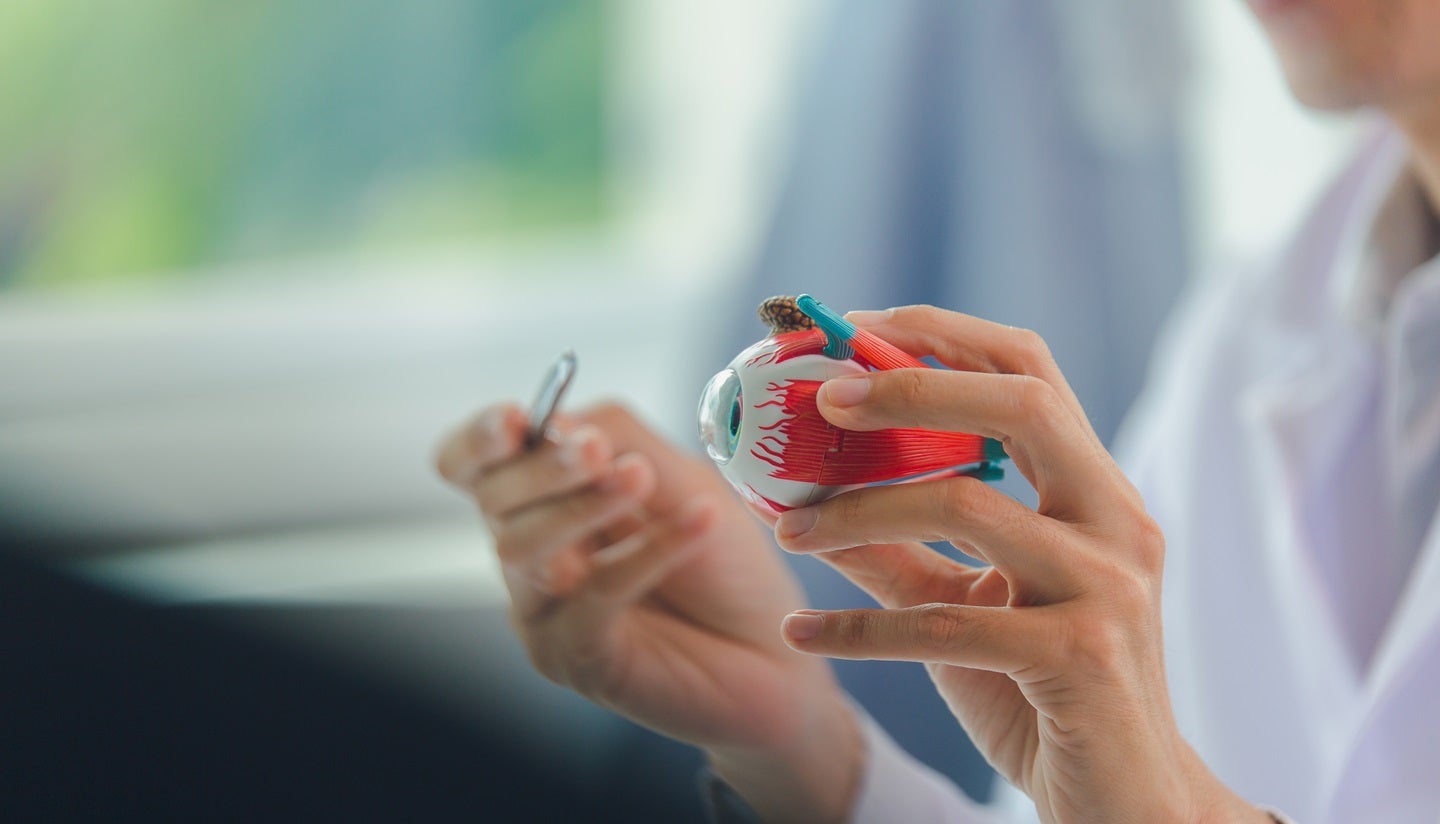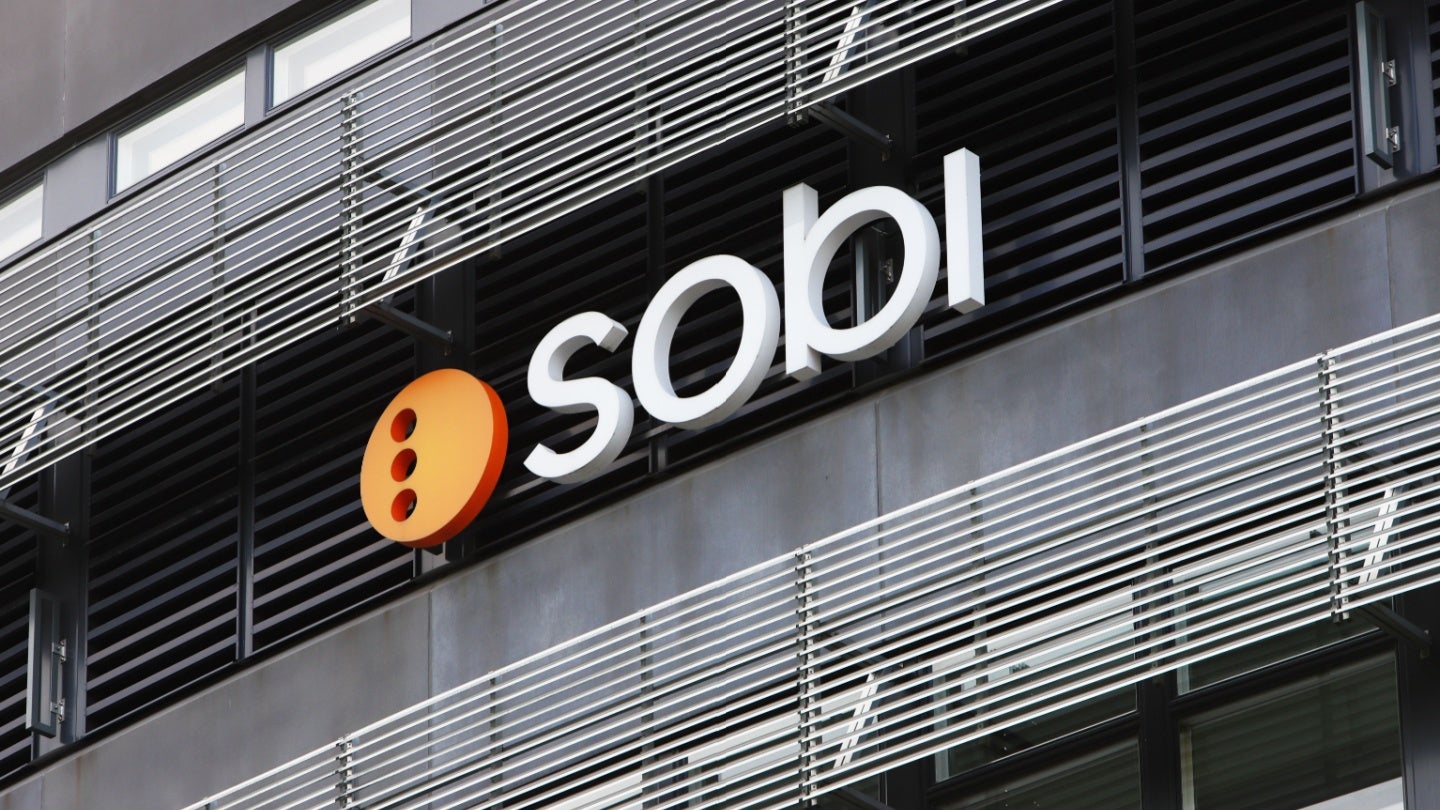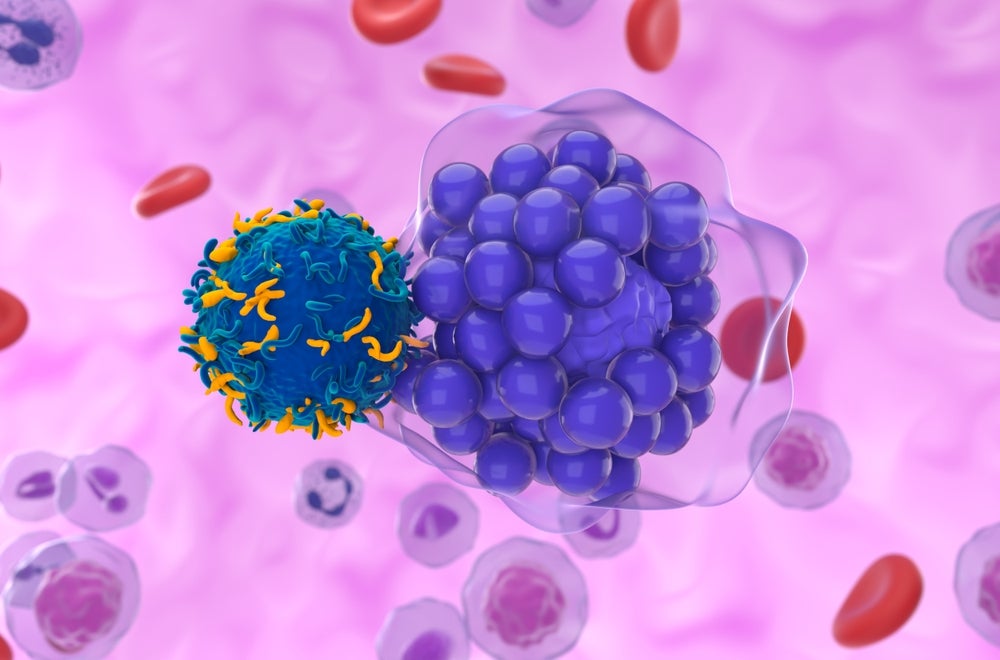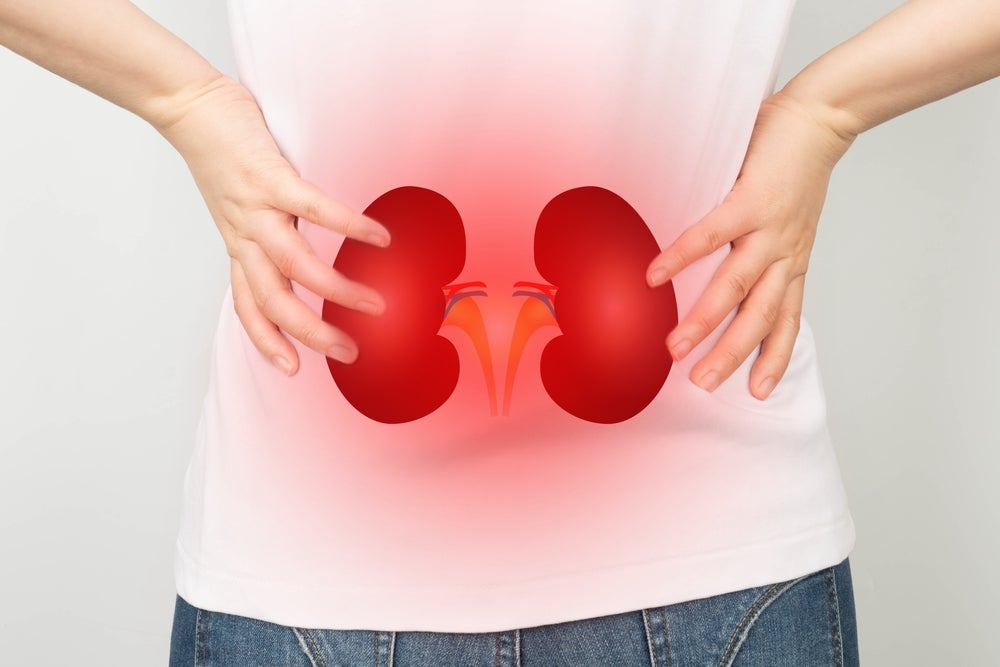Examining the Impact of TikTok Teen Skin-Care Routines on Dermatological Health
In an era dominated by social media influencers and viral trends, the skincare routines shared by teenagers on platforms such as TikTok have taken on new significance. Recent peer-reviewed research from Northwestern Medicine, published in the journal Pediatrics, investigates the potential risks and hidden costs associated with these widely consumed “Get ready with me” videos. […]


In an era dominated by social media influencers and viral trends, the skincare routines shared by teenagers on platforms such as TikTok have taken on new significance. Recent peer-reviewed research from Northwestern Medicine, published in the journal Pediatrics, investigates the potential risks and hidden costs associated with these widely consumed “Get ready with me” videos. The study reveals unsettling patterns in the way girls between the ages of 7 and 18 engage with skincare products, uncovering the extensive use of multiple topical agents, many of which pose potential dangers including skin irritation and allergic reactions.
The research methodology involved the creation of simulated TikTok accounts that mimicked 13-year-old users, allowing researchers to access the “For You” page and analyze content curated by the platform’s algorithm. Through this approach, the team curated a dataset of 100 unique videos featuring pediatric skin-care routines. These videos often showcased a complex and costly regimen, with the average girl applying six distinct products daily and some using over a dozen. The financial burden of these regimens is staggering, with the average monthly cost nearing $168, and some adolescents investing upwards of $500 per month on these skincare products.
One of the most striking findings of the study relates to the composition of these skincare routines. The products promoted in the videos frequently contain multiple active ingredients such as hydroxy acids, which when layered or used repeatedly without professional guidance, can significantly increase the risk of skin irritation and sensitization. Alarmingly, the researchers found that the average video demonstrated the use of 11 potentially irritating ingredients, underscoring a concerning trend of inadvertent chemical overexposure among young users with immature skin barriers.
.adsslot_yaJzPFwCBR{ width:728px !important; height:90px !important; }
@media (max-width:1199px) { .adsslot_yaJzPFwCBR{ width:468px !important; height:60px !important; } }
@media (max-width:767px) { .adsslot_yaJzPFwCBR{ width:320px !important; height:50px !important; } }
ADVERTISEMENT
The implications of these skin-care practices extend beyond temporary discomfort. Development of allergic contact dermatitis—a chronic skin allergy—emerged as a significant concern. This condition can impose lifelong restrictions on the use of certain topical agents, complicating future skincare and hygiene routines. The study highlights instances where repetitive application of identical active components across multiple products likely contributed to this heightened risk, a phenomenon often overlooked by adolescent users prioritizing aesthetic outcomes over dermatologic safety.
Beyond the biochemical risks, the study delves into the socio-cultural messages permeating these viral TikTok videos. A coded language promoting lighter and brighter skin was recurrently observed, revealing embedded racial biases and beauty standards that valorize Eurocentric traits. The researchers caution that such messaging may subtly perpetuate colorism and enforce unrealistic beauty ideals, potentially influencing the self-perception and mental health of these young audiences.
Equally notable is the scant emphasis on sun protection within these routines. The analysis found that only 26% of daytime regimens included sunscreen, a dermatologic mainstay essential for preventing photoaging and skin cancers. This neglect raises serious public health concerns, especially given the vulnerability of developing skin to ultraviolet radiation. The researchers emphasize that this underutilization reflects a critical gap in both social media influence and health education, with potential lifelong ramifications.
The visible and often dramatic nature of these routines may contribute to a misconstrued narrative conflating excessive skincare with health. Dr. Molly Hales, the study’s corresponding author, points out the insidious nature of this dynamic: skincare is marketed and perceived as a health pursuit, yet this veneer masks consumerist pressures and normative beauty codes that can be detrimental to adolescent well-being. The enormous time investment and psychological burden of maintaining these high standards were cited as additional concerns by the research team.
Technically, the study employed robust ingredient analysis using the Pediatric Baseline Series, a standard patch test panel designed to identify substances with a high likelihood of triggering allergic contact dermatitis. This objective approach allowed for meticulous classification of ingredients into high-risk and lower-risk categories, lending scientific clarity to concerns hitherto based largely on anecdote or clinical observation. The method also illuminated how layering of sensitizing agents can exponentially increase risk—an important finding for dermatologists advising younger patients.
Age-appropriate product formulation and usage guidance remain critical to reducing preventable skin harm in pediatric populations. However, the study underscores the challenge inherent in regulating or advising on skincare trends emerging from decentralized social media ecosystems. Algorithms prioritize engagement and viewer retention rather than safety or expert validation. Consequently, the researchers advocate for increased involvement from healthcare providers, educators, and caregivers to develop counter-narratives and educational resources that emphasize safe skin practices.
Mental health impacts entwined with social media skincare culture were also implicated in the study’s findings. The pressure to conform to unrealistic beauty regimens may foster anxiety, diminished self-esteem, and unhealthy body image behaviors among vulnerable youth. By promoting highly curated and often chemically aggressive routines, these videos potentially reinforce harmful ideals disguised as self-care campaigns. The authors argue that the conflation of beauty with health merits urgent scrutiny in the context of adolescent social media use.
In conclusion, the Northwestern Medicine study provides the first comprehensive evaluation of pediatric skincare regimens on TikTok, illuminating a worrying intersection of dermatologic risk, consumerism, and social messaging. The evidence highlights the complexity of teenage skincare behaviors driven by social media dynamics and the urgent need to address both the physical and psychological consequences. It calls for enhanced clinical awareness, public health interventions, and platform accountability to safeguard young users navigating an increasingly commercialized and influential digital skincare landscape.
Subject of Research: Pediatric Skin-Care Routines on TikTok and Associated Dermatologic Risks
Article Title: Pediatric Skin Care Regimens on TikTok
News Publication Date: 9-Jun-2025
Image Credits: Northwestern University
Keywords: Dermatology, Adolescents, Young people, Social media, Social research, Social studies of science, Sunscreen, Atopic dermatitis, Skin disorders
Tags: adolescent skincare routinesdermatological health risksfinancial impact of skincare habitsimpact of influencers on teenspediatric dermatology researchskin irritation from skincareskincare product safetyskincare regimen analysissocial media influence on beautyteen skincare trendsTikTok skincare routinesviral beauty trends
What's Your Reaction?

































